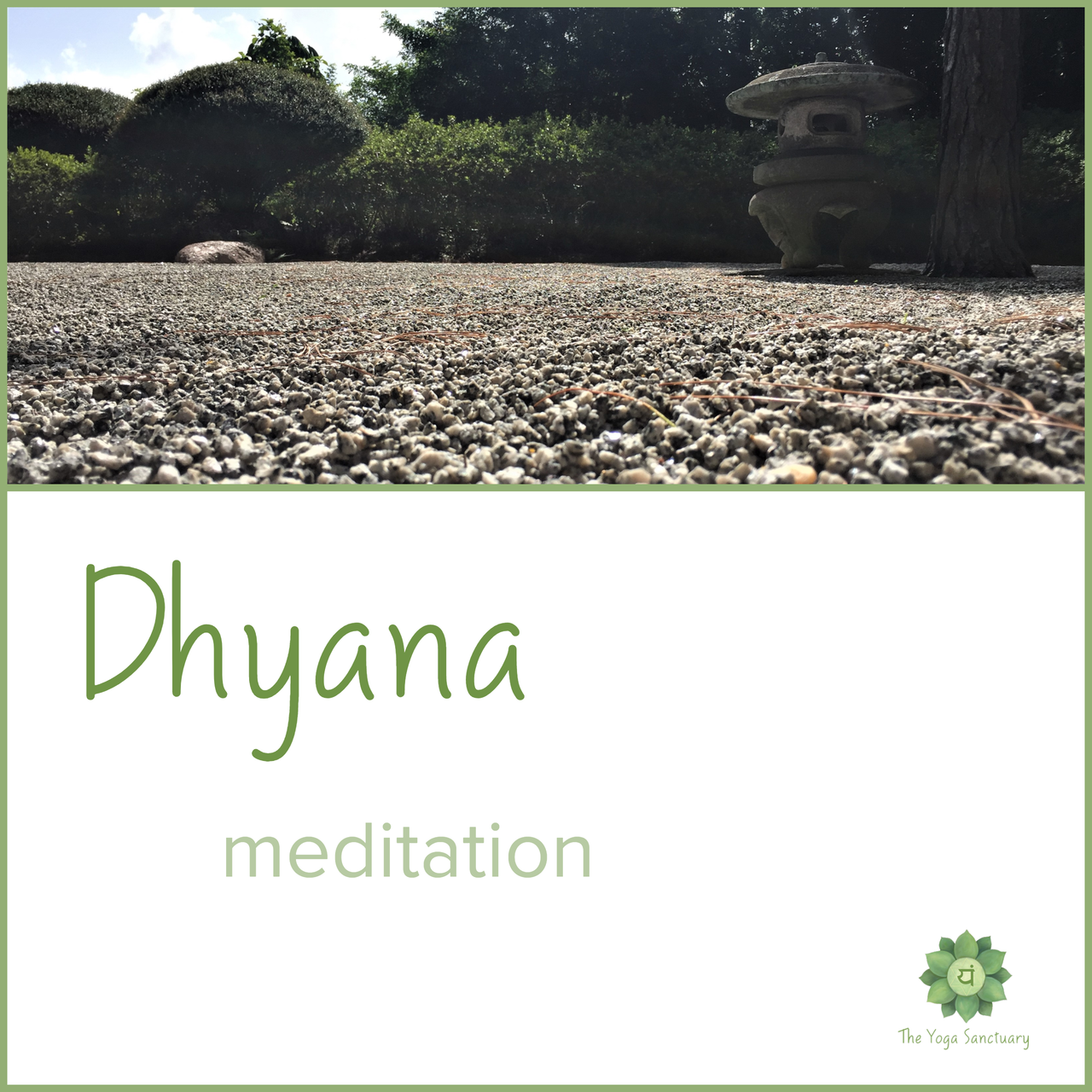
Dhyana, the seventh limb of yoga, is often referred to as meditation. Building on the foundation of dharana, the sixth limb, it can be thought of as the uninterrupted flow of concentration. While dharana focuses on one-pointed attention, dhyana takes this practice a step further by maintaining that focus for extended periods. When the mind is fully absorbed in an object, without distraction, this is dhyana.
The Practice of Dhyana
According to B.K.S. Iyengar, “When the flow of concentration is uninterrupted, the state that arises is dhyana.” The continued practice of dharana—focused concentration—eventually evolves into dhyana. Through consistent effort, your ability to hold attention on a single point deepens, creating a state of continuous meditation. This process leads to Samyama, the simultaneous practice of the last three limbs of yoga: dharana, dhyana, and samadhi.
The Breath as an Anchor
In meditation, Iyengar suggests using the breath as the object of concentration. The breath, he notes, “penetrates deeper than anything else and is more pervasive.” It is always with us, making it a readily accessible anchor in the present moment. In meditation, we can come back to the breath time and again, allowing it to guide us back when distractions arise.
From Dharana to Dhyana
To understand the shift from dharana to dhyana, consider a simple meditation practice. Begin by focusing on your breath. Notice how the belly rises and falls with each inhale and exhale. At first, this is dharana—concentration. However, your mind may wander. Perhaps you feel a sensation in your foot or remember something you need to do later. This is the mind’s natural tendency to chase after thoughts. The practice of dharana is about continually guiding your attention back to the breath.
As your practice deepens, you may notice moments when your concentration lasts longer. Instead of being distracted by every passing thought, you can stay with the breath, uninterrupted. This is dhyana, the uninterrupted flow of attention. It creates space in the mind, paving the way for the deeper experience of samadhi, the final limb of yoga.
Observing Your Practice
Next time you sit in meditation, pay attention to the rhythm of your concentration. Do moments of distraction frequently interrupt your focus? Or are you able to maintain your attention on your breath for longer periods? There is no need for judgment—simply observe the patterns. Meditation is a practice, not a perfection. It is the ongoing effort to return to the present moment, again and again…
